Many people have probably wondered: “Why is my electricity bill still so high this month, even though I’ve tried to save energy?” Sometimes, even a small difference in cost can leave people feeling frustrated and wondering if they’ve been overcharged. The real reason could be that you’re unaware of the real “energy thieves” in your home.
1. Set-top Box
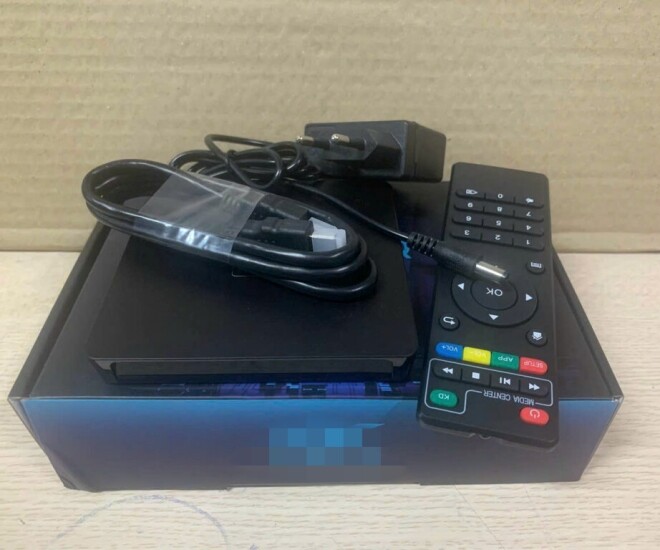
The set-top box is often the most overlooked “energy thief” in the home. This is because standby mode, which is often left on for extended periods, is the biggest culprit when it comes to energy consumption. Many people don’t realize how much electricity such a small device can use.
Most families simply use the remote control to turn off the TV and set-top box when they’re done watching. However, the set-top box remains on standby mode, consuming a significant amount of electricity. A test showed that when left plugged in, a set-top box can consume more electricity than two routers combined, wasting up to 10 kWh per month. So, for safety and savings, remember to unplug it when not in use.
2. Air Conditioner
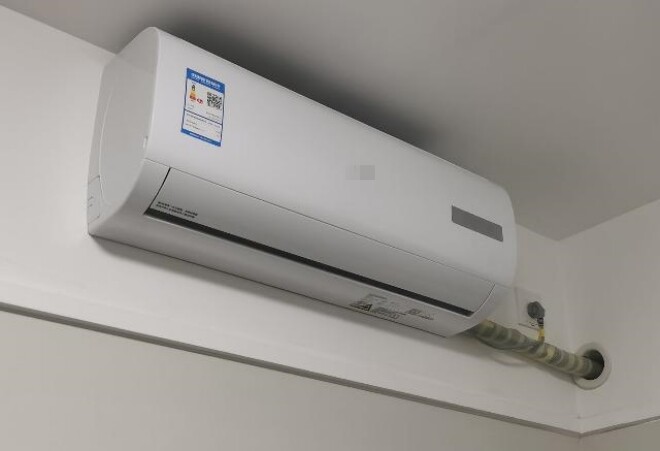
There’s no doubt that air conditioners are among the most energy-intensive appliances in the home, especially during the hot summer months when they’re often running around the clock.
A large air conditioner with a cooling capacity of about 1200 BTU typically consumes around 0.5 kWh per hour when running continuously. If used for 8 hours a day, it will consume about 4 kWh, which translates to at least 120 kWh per month.
This estimate is for a single unit, while many households have two or more air conditioners. If they operate continuously, day and night, the electricity bill can quickly become enormous.
Additionally, using the heating function during winter can further increase electricity consumption. As a result, many families opt for energy-efficient air conditioners, although their effectiveness is still somewhat limited.
3. Water Heater
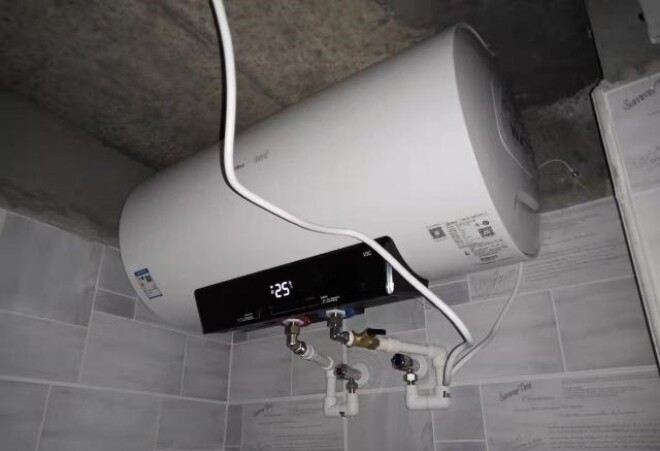
Many users consider indirect water heaters, which use a storage tank, to be real “energy guzzlers.” For example, a 60-liter heater with a power rating of 2000 watts takes 1-2 hours to heat water from 25°C to 75°C, consuming about 3 kWh of electricity.
If not turned off, the heater will automatically reheat the water when the temperature drops, using an additional 2 kWh per day. This means that a water heater can consume up to 150 kWh per month.
Weather changes also significantly impact electricity consumption. In winter, the demand for hot water increases, and colder water temperatures cause the heater to use more energy and time to heat the water.
To save energy, adjust the temperature setting accordingly. In summer, a temperature of 45-50°C is sufficient instead of the maximum setting. Additionally, instead of keeping it on 24/7, consider turning it on only about an hour before use.
4. Refrigerator
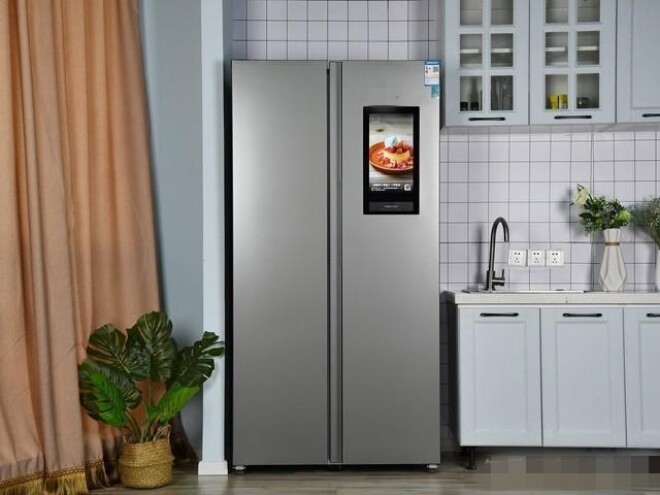
It’s a common misconception that refrigerators consume a lot of electricity because they run continuously. In reality, the compressor doesn’t run 24/7. Refrigerators only use a small amount of electricity in standby mode. A typical two-door fridge consumes about 0.7 kWh per day.
However, actual electricity consumption can be higher due to usage habits. Frequently opening the fridge door or overstuffing it with food can increase heat load and energy consumption.
To save energy, avoid placing the refrigerator near heat-generating appliances like microwaves or stoves. Also, avoid filling it with unnecessary bottles, jars, or containers, as they add to the cooling system’s workload. Additionally, try not to open the fridge door too often to prevent heat loss.
5. Router
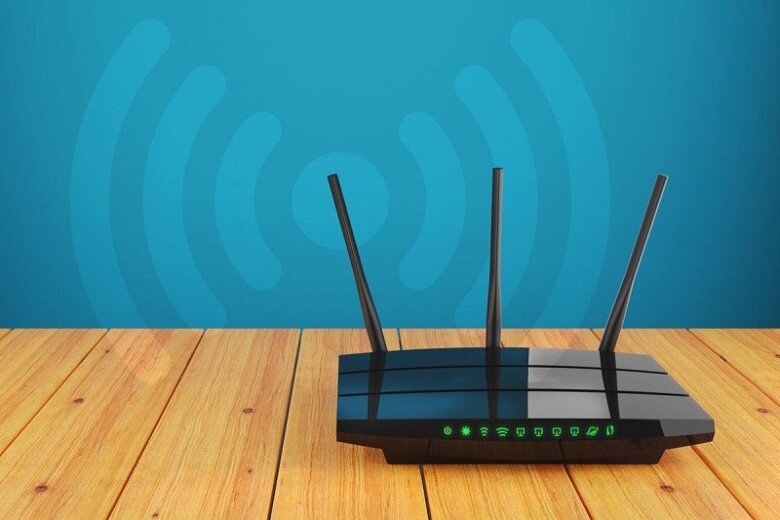
Wireless routers have become essential in modern households. While their power consumption is relatively low (around 8-10W), they are often left on 24/7, making them one of the biggest energy consumers.
A single router can use up to 6-7 kWh per month, and this number increases significantly if there are multiple routers in the home. To save energy, turn off or unplug the router when no one is using it. This simple action can reduce energy costs for this device by at least half.
In addition to these five devices, other appliances like TVs, washing machines, desktop computers, and microwaves also consume electricity in standby mode. While the amount may not be significant, unplugging them when not in use can help save energy and ensure safety.

































